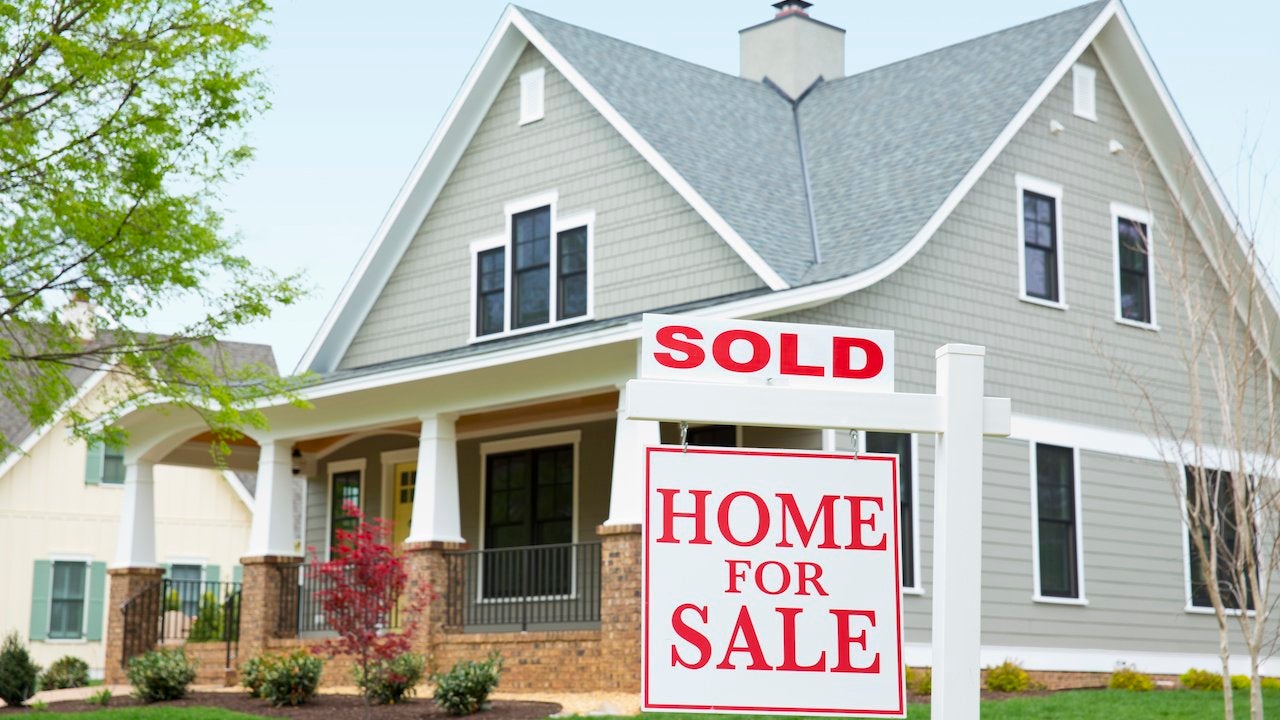 In the ever-evolving landscape of the real estate market, July brought forth a mixed bag of trends. The National Association of Realtors (NAR) recently released their report indicating a 2.2% national decline in existing home sales. However, amidst this dip, the Western region managed to defy the trend, while an influx of first-time buyers injected renewed vigor into the market.
In the ever-evolving landscape of the real estate market, July brought forth a mixed bag of trends. The National Association of Realtors (NAR) recently released their report indicating a 2.2% national decline in existing home sales. However, amidst this dip, the Western region managed to defy the trend, while an influx of first-time buyers injected renewed vigor into the market.
July's sales figures followed a 3.3% decrease in June, marking the fifth instance this year of month-over-month declines in existing home sales. Despite this, there is a glimmer of hope as July's decline was a slight improvement from the previous month.
The sales decline appeared most pronounced in the Northeast, where existing home sales dropped by 5.9% since June. However, the Northeast also reported the largest annual increase in home prices, with a 5.5% rise compared to the previous year. The Midwest and South regions experienced more moderate drops in sales, alongside more tempered increases in home prices.
Remarkably, the West emerged as the exception, with a 2.7% increase in existing home sales from June. What's more, median prices in the Western region remained steady year-over-year, reaching a country-high of $610,500.
The familiar culprits—limited inventory and elevated borrowing costs—played a substantial role in driving the sales dip. According to NAR Chief Economist Lawrence Yun, these factors have presented unfavorable conditions for buyers and are the main drivers behind the July decline.
At the close of July, total housing inventory stood at 1.11 million units, equivalent to a 3.3-month supply. While this represented a 3.7% increase from the previous month, it marked a 14.6% decrease from the same time last year.
Intriguingly, the demographic landscape of buyers experienced some shifts in July. First-time homebuyers represented a notable 30% of existing home sales, marking an increase from both the previous month and the same period the previous year. Cash buyers retained their share at 26%, while individual investors or second-home buyers accounted for 16% of the month's home sales.
In the face of declining sales, home prices continued their upward trajectory. The median sale price for existing homes in July reached $406,700, a 1.9% year-over-year increase. Notably, this marked only the fourth time that the median monthly sale price crossed the $400,000 threshold, remaining slightly below the peak observed in June 2022.
The release of NAR's report coincided with a wave of revised home price predictions for the future. Prominent players in the industry, including Zillow, Freddie Mac, and Goldman Sachs, offered revised forecasts for home values and prices. These updated predictions reflected varying degrees of optimism, with projections ranging from a 0.8% rise in home prices in the next 12 months to gains as high as 5.8% in home values for the current year.
July's real estate trends illustrate the dynamic nature of the market, with varying patterns across regions and buyer demographics. As the industry navigates challenges and opportunities, the resilience of certain markets and the entrance of new buyers keep the real estate landscape intriguing and ever-evolving.





